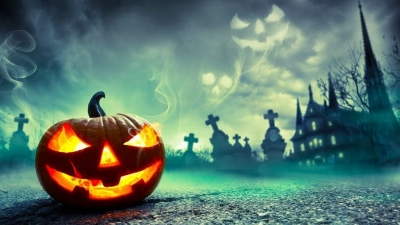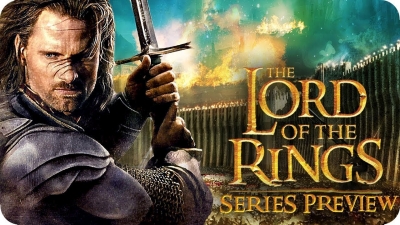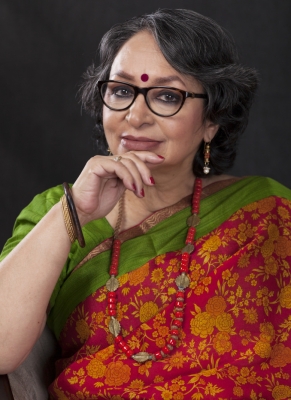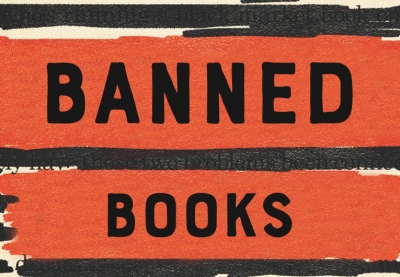
Ready for some Goosebumps?
RL Stine published more than 62 books in the eerily bizarre “Goosebumps” series. The stories follow child characters, who find themselves in scary situations, usually involving monsters and other supernatural elements. Each book is creepier than the next. Young adults can also follow the “Fear Street” series in which spine-chilling events unfold in Shadyside.
Dementors
The guards of Azkaban, dementors are among the most fearsome among creatures in the “Harry Potter series. They are able to drain all the happy memories out of a person, and even suck out the soul through their kiss And the only way to drive away these ghastly creatures is by producing a strong patronus.
Coraline
Neil Gaiman’s dark fantasy novel “Caroline”, will leave you spooked. A young, inquisitive girl when exploring her new apartment, Coraline discovers a tiny door that contains an alternate universe in which her parents and her life are exactly as she wants them to be – besides the buttons they have sewn into their eyes. It was adapted into an animated film in 2009 by Henny Selick.
Ghosts from the past
“Ghosts don’t require passports. They can turn up without papers in the most unexpected places,” reads the book jacket of Ruskin Bond’s “Ghost Stories from the Raj.” And indeed, Bond has found ghosts from as far back as the British Raj! Bond’s interest in the supernatural led him to collect ghost stories from different parts of the world, This book contains 19 short stories written by British officials and travellers during the 19th and 20th Centuries. It even includes tales by Rudyard Kipling.
Pennywise the dancing clown
Do you have a fear of clowns? Then you must read Stephen King’s “IT”- a cult classic. The story follows seven children who fight the evil entity that exploits the fears of its victims to disguise itself while hunting its prey. Other hair-raising stories from the horror meister are “Pet Semetary” “The Shining”, “Children of the Corn” and “Salem’s Lot”.
Picture Credit : Google









